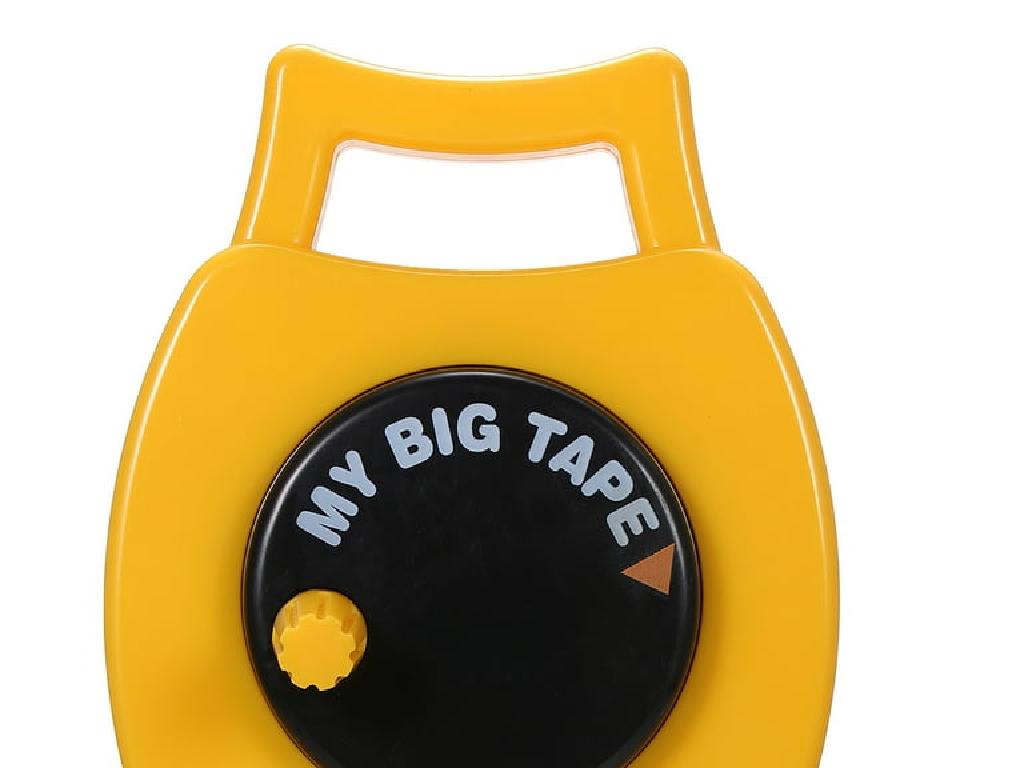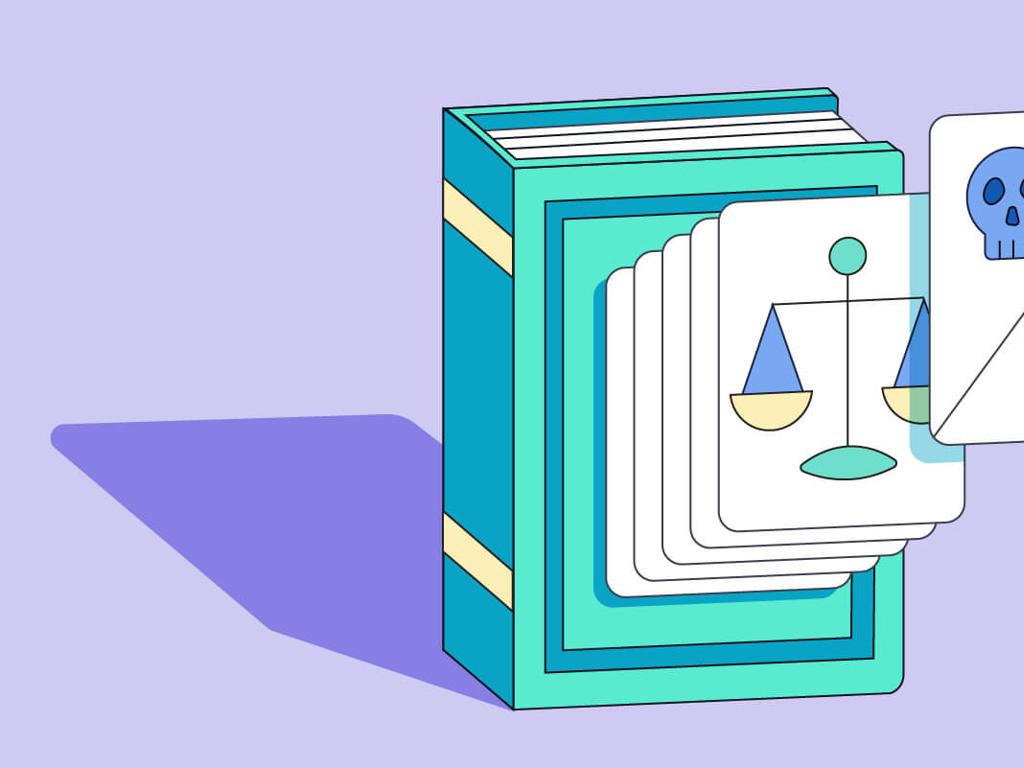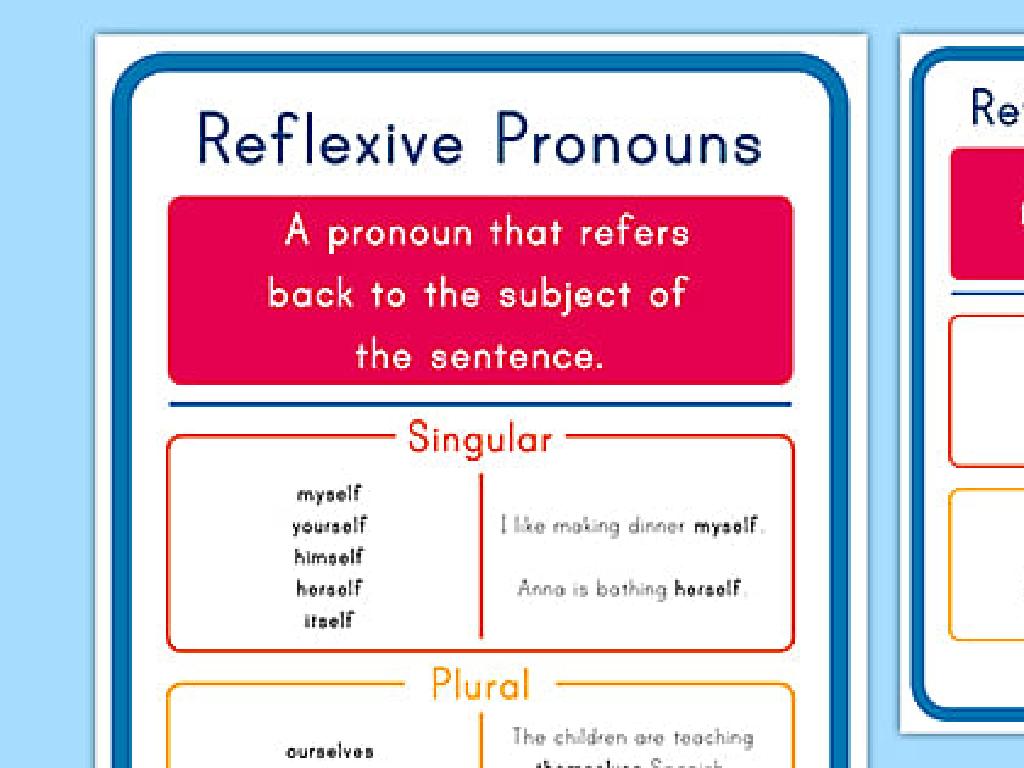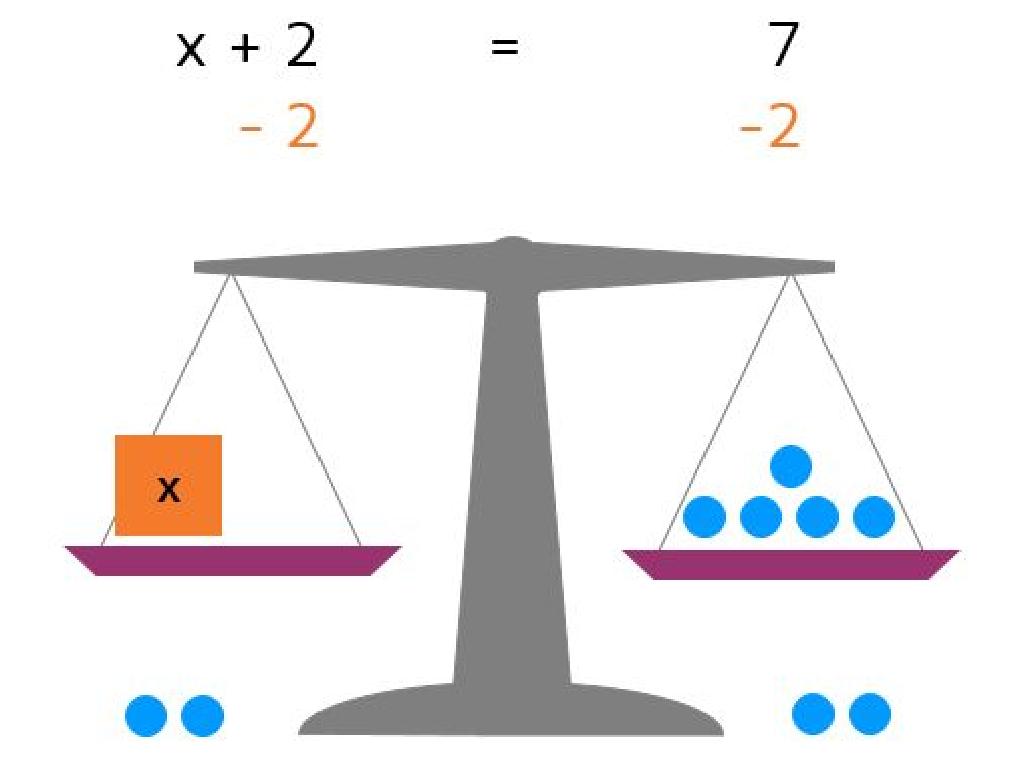Spell Adjectives That Compare
Subject: Language arts
Grade: Fifth grade
Topic: Adjectives And Adverbs
Please LOG IN to download the presentation. Access is available to registered users only.
View More Content
Introduction to Comparative Adjectives
– Understanding adjectives
– Words that describe or modify nouns
– Adjectives describe nouns
– They give more information about people, places, or things
– Focus: Adjectives that compare
– Some adjectives show comparison between two or more nouns
– Examples: ‘tall’, ‘taller’
– ‘Tall’ is an adjective; ‘taller’ compares two people’s height
|
Begin the lesson by explaining what adjectives are and their role in sentences. Emphasize that adjectives provide more details about nouns and pronouns, making descriptions clearer and more vivid. Introduce comparative adjectives, which are used to compare differences between nouns. Use simple, relatable examples like comparing height with ‘tall’ and ‘taller’ to illustrate how these adjectives work. Encourage students to think of other adjectives they already know and how they might be used to compare objects or people. This will set the foundation for understanding how to spell and use comparative adjectives correctly.
Understanding Comparison with Adjectives
– Comparative adjectives for two
– Use when comparing two items, like ‘smaller’ or ‘faster’
– Superlative adjectives for three+
– Use for three or more items, such as ‘smallest’ or ‘fastest’
– Example: ‘tall, taller, tallest’
– ‘Tall’ is for one, ‘taller’ compares two, ‘tallest’ for three or more
– Practice with different adjectives
|
This slide introduces students to comparative and superlative adjectives, which are used to compare two or more things. Start by explaining that comparative adjectives end in ‘-er’ and are used when speaking about two things, while superlative adjectives end in ‘-est’ and are used for comparisons involving three or more things. Provide clear examples like ‘tall, taller, tallest’ and encourage students to come up with their own examples. In the next class, have students practice by finding more adjectives and converting them into their comparative and superlative forms, reinforcing their understanding of the concept.
Forming Comparative Adjectives
– Add ‘-er’ to short adjectives
– ‘short’ turns into ‘shorter’
– Use ‘more’ for longer adjectives
– ‘intelligent’ turns into ‘more intelligent’
– Irregular adjectives change form
– ‘bad’ becomes ‘worse’, not ‘badder’
– Practice with examples
|
This slide introduces students to the concept of comparative adjectives, which are used to compare two things. Teach students the rule for adding ‘-er’ to short adjectives, such as ‘tall’ becoming ‘taller’. Explain that longer adjectives require the word ‘more’ to form the comparative, for example, ‘beautiful’ becomes ‘more beautiful’. Highlight irregular adjectives that do not follow these rules, such as ‘good’ becoming ‘better’. Provide ample examples and encourage students to come up with their own. In the next class, review these concepts with practice exercises and reinforce the rules by correcting sentences together.
Forming Superlative Adjectives
– Add ‘-est’ to short adjectives
– ‘Tall’ turns into ‘tallest’
– Use ‘most’ for longer adjectives
– ‘Beautiful’ turns into ‘most beautiful’
– Irregular adjectives change form
– ‘Good’ becomes ‘best’, not ‘goodest’
– Practice with different adjectives
|
This slide introduces students to the concept of superlative adjectives, which are used to describe the extreme quality of one item in a group. Teach students the rule for adding ‘-est’ to short adjectives, typically those with one syllable, like ‘short’ becoming ‘shortest’. For longer adjectives, usually with two or more syllables, instruct them to use ‘most’ in front, such as ‘most interesting’. Highlight irregular adjectives that do not follow these rules, like ‘bad’ becoming ‘worst’. Encourage students to come up with their own examples and to practice forming superlative adjectives from a list of adjectives provided. This will help solidify their understanding of the rules and the exceptions.
Spelling Rules for Comparative Adjectives
– Double consonants for CVC adjectives
– E.g., ‘big’ turns into ‘biggest’
– Change ‘y’ to ‘i’ for adjectives ending in ‘y’
– E.g., ‘happy’ turns into ‘happier’
– Don’t double if adjective ends in ‘e’
– E.g., ‘nice’ turns into ‘nicer’
|
This slide focuses on the spelling rules for turning adjectives into their comparative and superlative forms. Emphasize the importance of recognizing the structure of the base adjective to apply the correct rule. For one-syllable adjectives that have a consonant-vowel-consonant (CVC) pattern, students should double the final consonant before adding ‘er’ or ‘est’. When an adjective ends in ‘y’, the ‘y’ should be changed to ‘i’ before adding the comparative or superlative ending. However, if the adjective ends in ‘e’, students should simply add ‘r’ or ‘st’ without doubling the final consonant. Provide additional examples for each rule and encourage students to come up with their own examples. Practice exercises could include identifying the correct spelling of comparative adjectives in sentences and creating sentences using given adjectives in their comparative forms.
Practice Time: Spelling Comparative and Superlative Adjectives
– Write comparative adjectives
– Add ‘er’ to short adjectives, e.g., ‘tall’ becomes ‘taller’
– Form superlative adjectives
– Add ‘est’ to short adjectives, e.g., ‘tall’ becomes ‘tallest’
– Class correction session
– We’ll review and correct as a group, learning from mistakes
– Understanding usage in sentences
– Place them in sentences to see how they modify nouns
|
This slide is for a class activity focused on practicing the spelling of comparative and superlative adjectives. Students will be asked to write down the comparative and superlative forms of adjectives. They should remember to add ‘er’ for the comparative and ‘est’ for the superlative forms of short adjectives. For longer adjectives, they should use ‘more’ for the comparative and ‘most’ for the superlative. After writing, there will be a group correction session where everyone can learn from each other’s mistakes. It’s also crucial to understand how these adjectives fit into sentences and modify nouns, so examples should be provided. The teacher should prepare a list of adjectives for the students to convert, and also prepare sentences where students can fill in with the correct form of the given adjectives.
Class Activity: Exploring Comparative & Superlative Adjectives
– Find objects around the classroom
– Use comparative adjectives to describe
– Compare two objects, like ‘bigger’ or ‘smaller’
– Use superlative adjectives to describe
– Describe one object as ‘the biggest’ or ‘the smallest’
– Share your descriptions with the class
|
This activity is designed to help students understand and practice using comparative and superlative adjectives in a fun and interactive way. Have the students look around the classroom and pick various objects to compare. They should use comparative adjectives when talking about two objects (e.g., ‘The blue marker is longer than the red one.’) and superlative adjectives when discussing one object out of a group (e.g., ‘The globe is the biggest object on the table.’). After they have written their sentences, ask volunteers to share their findings with the class. This will reinforce their understanding of adjectives that compare and how they are used in sentences. Possible variations of the activity could include comparing their own items, like pencil lengths or notebook sizes, or even comparing abstract ideas, like which homework assignment was the ‘most challenging’ or ‘less time-consuming.’
Mastering Comparative Adjectives
– Reviewing comparison adjectives
– We learned adjectives describe and compare things like ‘big, bigger, biggest’.
– Spelling rules recap
– For most adjectives, add ‘er’ for comparing two and ‘est’ for comparing more than two.
– Practice is key to perfection
– Regular practice with exercises helps remember the rules.
– Keep learning and growing
|
As we wrap up our lesson on adjectives that compare, let’s go over the key points. Remember, comparative adjectives are used to show the difference between two objects, and superlative adjectives are used when comparing more than two. The spelling rules are simple for most adjectives: just add ‘er’ for the comparative form and ‘est’ for the superlative form. However, watch out for irregular adjectives and those that require more than just adding an ending, like ‘good’ becoming ‘better’ or ‘best’. Encourage students to practice by writing sentences that use new comparative and superlative adjectives, and to read extensively to see more examples in context. Continuous practice and exposure are essential for mastering the spelling and usage of comparative adjectives.





